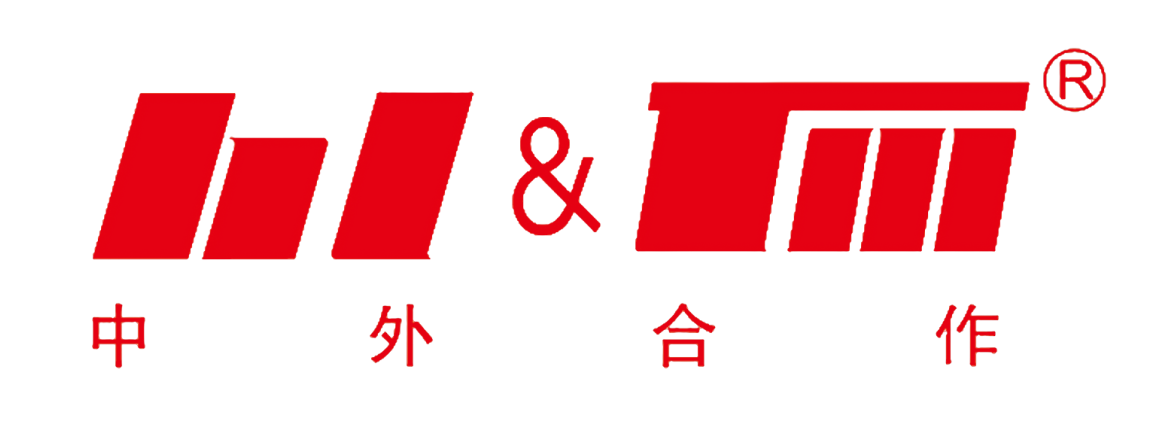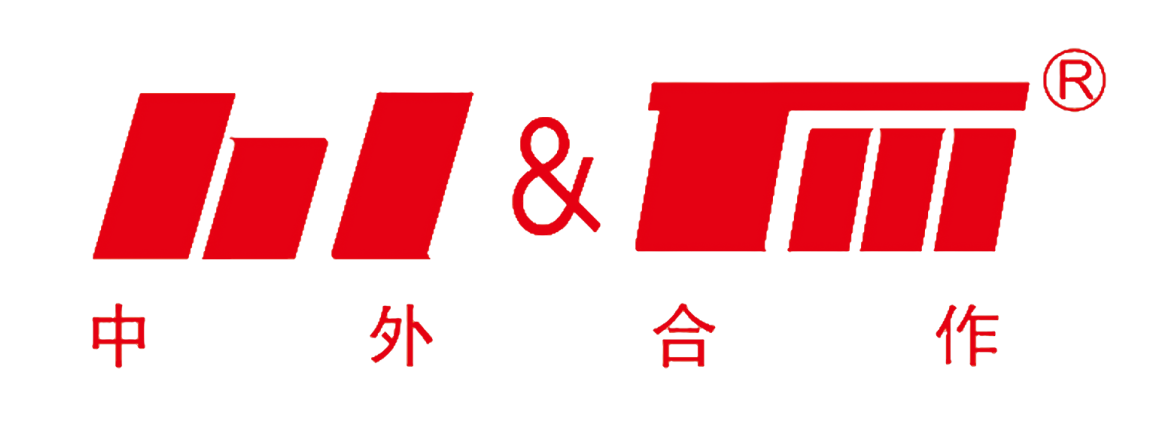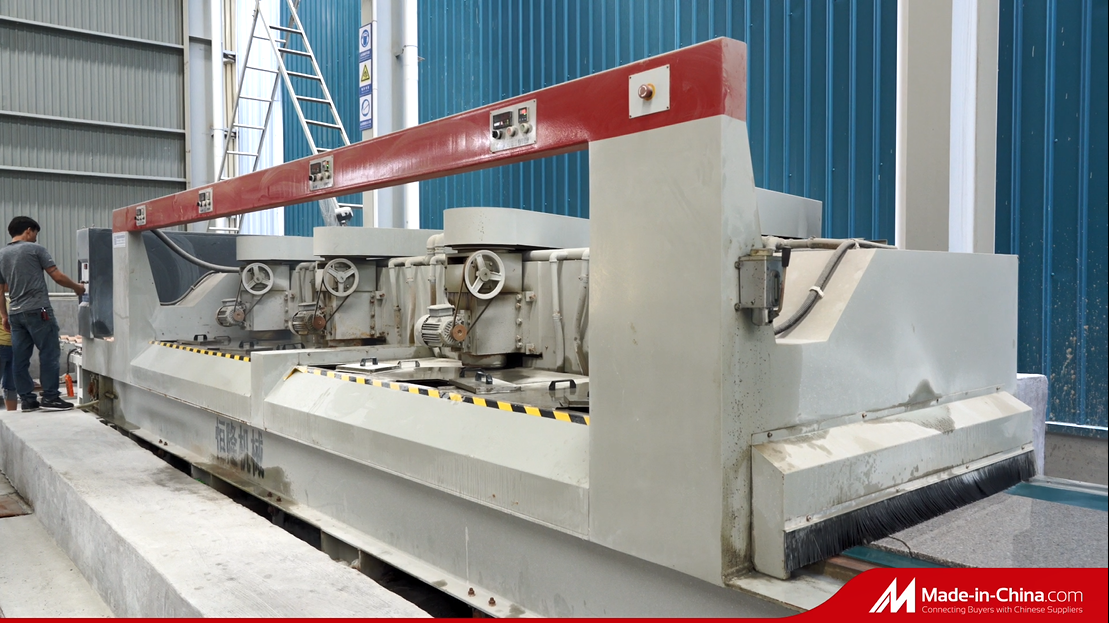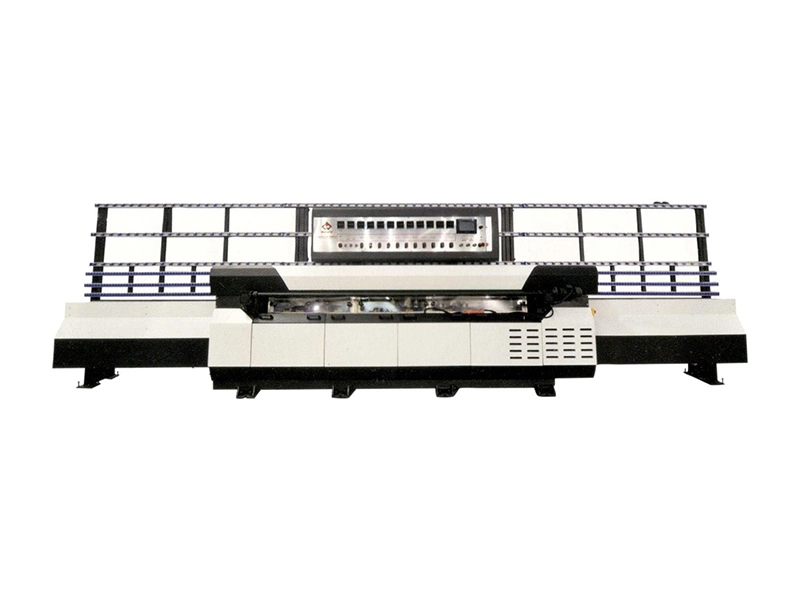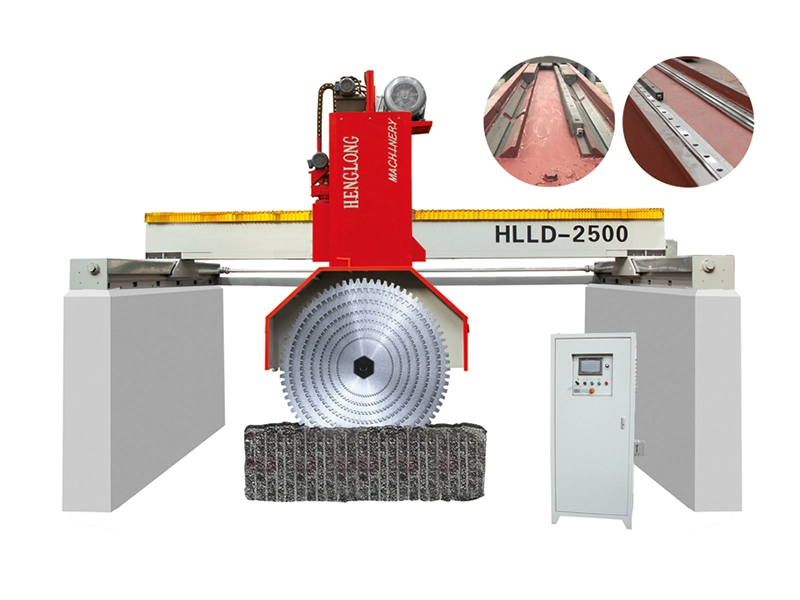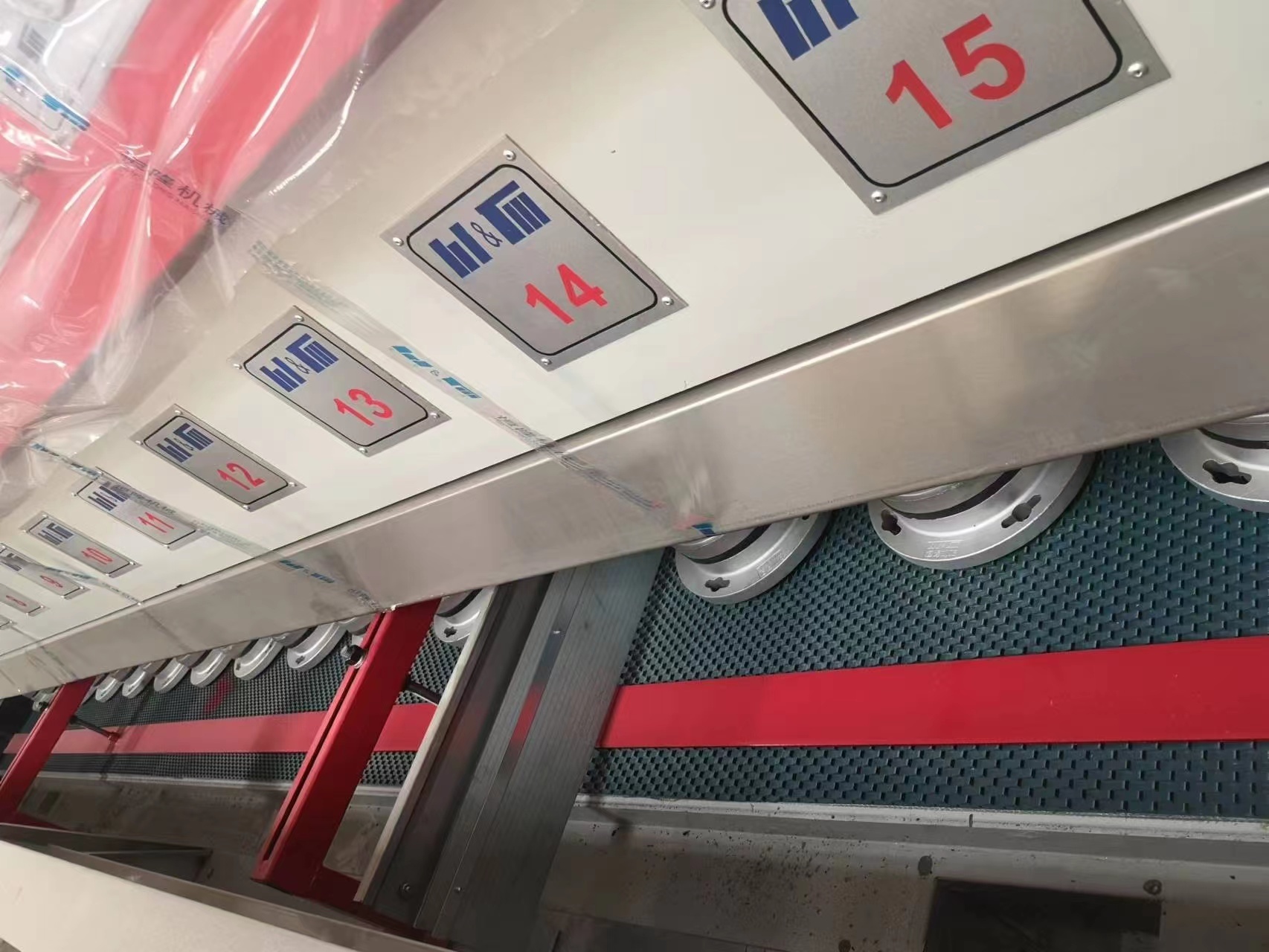How Stone Calibrating Machine Spots Enhance Precision in Stone Processing
Time:
May 07,2025
How Stone Calibrating Machine Spots Enhance Precision in Stone Processing
Table of Contents
- 1. Introduction to Stone Processing
- 2. What is a Stone Calibrating Machine?
- 3. The Importance of Precision in Stone Processing
- 4. Benefits of Using Stone Calibrating Machines
- 5. The Technology Behind Stone Calibrating Machines
- 6. Applications of Stone Calibrating Machines
- 7. Future Trends in Stone Calibration Technology
- 8. Frequently Asked Questions
- 9. Conclusion
1. Introduction to Stone Processing
In the realm of construction and decoration materials, **stone processing** stands out as a crucial operation that determines the aesthetics and functionality of various structures. As architects and designers push the boundaries of creativity, the demand for precision in stonework has never been more critical. In this context, **stone calibrating machines** play a pivotal role by enhancing the accuracy and quality of stone products.
2. What is a Stone Calibrating Machine?
A **stone calibrating machine** is a specialized piece of equipment designed to ensure that stone slabs are cut and finished to precise dimensions. The machine utilizes advanced technology to measure and adjust the thickness of the stone, creating a uniform surface that meets strict quality standards. This process involves the removal of excess material, allowing for consistent thickness and minimizing waste.
3. The Importance of Precision in Stone Processing
Precision in stone processing is essential for several reasons:
- **Aesthetic Appeal:** Stones with uniform thickness and smooth surfaces contribute to the overall beauty of finished products.
- **Structural Integrity:** Accurate dimensions are crucial for the structural soundness of stone applications, especially in construction.
- **Cost-Effectiveness:** Reducing errors in cutting and finishing can minimize waste, leading to significant cost savings in production.
When stone processing is performed with precision, it enhances not only the quality of the final product but also the efficiency of manufacturing processes.
4. Benefits of Using Stone Calibrating Machines
Integrating stone calibrating machines into stone processing operations offers numerous advantages:
4.1 Enhanced Quality of Finished Products
The primary benefit of using a calibrating machine is the **enhanced quality** of the finished stone products. The machine ensures that each slab meets stringent thickness requirements, resulting in a superior surface finish that is more visually appealing and functionally effective.
4.2 Cost Efficiency in Production
By minimizing material waste and reducing the need for extensive manual adjustments, stone calibrating machines help companies achieve greater **cost efficiency**. This not only lowers production costs but also allows manufacturers to allocate resources more effectively.
5. The Technology Behind Stone Calibrating Machines
The effectiveness of stone calibrating machines is largely attributed to their advanced technological components:
5.1 Sensor Technologies and Their Role
Modern calibrating machines employ various **sensor technologies** that provide real-time data on the thickness and quality of the stone. These sensors ensure that any deviations from the desired specifications are detected and corrected immediately, maintaining high standards in production.
5.2 Software Integration for Precision
Many stone calibrating machines are equipped with sophisticated **software systems** that allow for precise control and monitoring of the calibration process. This software can analyze data from sensors, enabling adjustments that enhance the accuracy and efficiency of stone processing.
6. Applications of Stone Calibrating Machines
Stone calibrating machines find applications across various sectors, including:
- **Construction:** Ensuring that stone slabs used in buildings meet specific structural and aesthetic standards.
- **Art and Decoration:** Producing intricately designed stone pieces for artistic displays, ensuring consistency in thickness and finish.
- **Furniture Design:** Creating stone surfaces for tables, countertops, and other furniture, where precision is critical for fit and appearance.
The versatility of stone calibrating machines makes them indispensable in the stone processing industry.
7. Future Trends in Stone Calibration Technology
As technology continues to evolve, so does the potential for more advanced stone calibration methods. Future trends may include:
- **Automation:** Increased automation in stone processing to reduce labor costs and enhance precision.
- **Integration with AI:** Utilizing artificial intelligence for predictive maintenance and optimization of the calibration process.
- **Sustainability:** Developing machines that use eco-friendly practices and materials, aligning with the industry's shift towards sustainability.
8. Frequently Asked Questions
1. What is the primary function of a stone calibrating machine?
The primary function of a stone calibrating machine is to ensure that stone slabs are cut and finished to precise dimensions, enhancing the quality and uniformity of the product.
2. How does a stone calibrating machine improve efficiency?
By automating the calibration process and minimizing manual adjustments, stone calibrating machines significantly reduce production time and material waste, leading to enhanced efficiency.
3. Can stone calibrating machines be used for all types of stone?
Yes, stone calibrating machines are versatile and can be used for various types of stone, including granite, marble, and quartz.
4. How do sensor technologies in calibrating machines work?
Sensor technologies measure the thickness and quality of the stone in real time, providing immediate data that allows for precise adjustments to be made during processing.
5. What role does software play in stone calibration?
Software integration allows for precise control of the calibration process by analyzing data from sensors, enabling adjustments that enhance accuracy and efficiency.
9. Conclusion
In conclusion, the integration of **stone calibrating machines** in stone processing operations represents a significant advancement in achieving precision and quality. With their ability to enhance the aesthetic appeal, structural integrity, and cost-effectiveness of stone products, these machines are becoming essential in the construction and decoration materials industry. As technology continues to evolve, the future of stone calibration looks promising, paving the way for innovative applications and sustainable practices that will further enhance the efficiency and precision of stone processing. Embracing these advancements can lead to superior products and a competitive edge in the market.
RELATED NEWS
